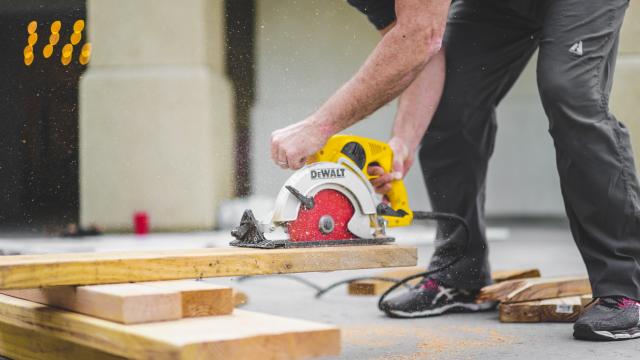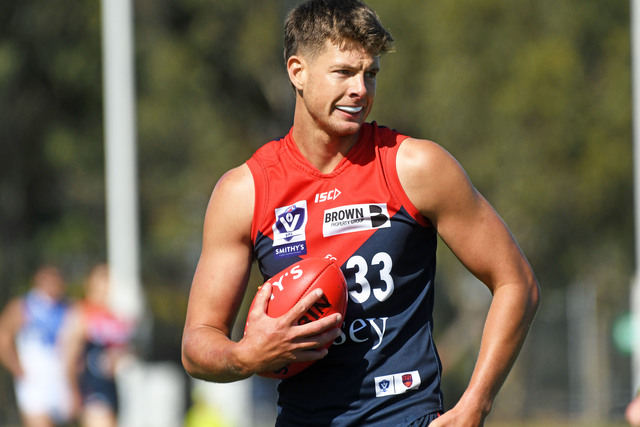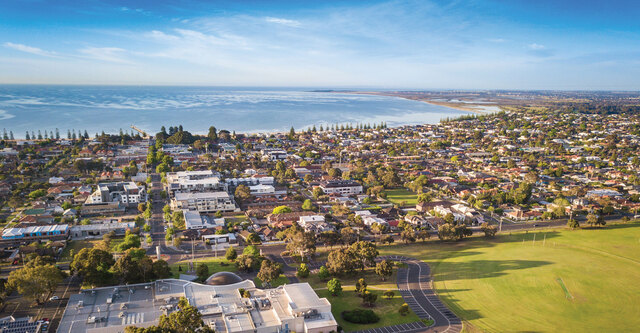Residents in Altona North, Altona Meadows, Footscray, Laverton and Seddon are among the most vulnerable in Melbourne heatwaves, new research has found.
People in Brooklyn, Maidstone, Maribyrnong, Tottenham and West Footscray aren’t far behind in suffering the effects of heat stress and dehydration.
Last month, an 86-year-old Williamstown woman died in hospital after waiting more than two hours for an ambulance in 40-degree heat.
Ambulance callouts during heatwaves have enabled Professor Nigel Tapper and his research team at Monash University to pinpoint, by postcode, where residents are most affected.
Professor Tapper said there was a clear association between suburbs with extreme heat vulnerability and the number of emergency callouts on extremely hot days.
Most ambulance callouts were in Altona Meadows, Altona North, Brooklyn, Footscray, Kingsville, Maidstone, Seddon, Tottenham, West Footscray, Williamstown and Williamstown North. These suburbs show up red or orange on a heat vulnerability map produced by the university’s Cooperative Research Centre (CRC) for Water Sensitive Cities.
Professor Tapper said heatwaves were a major cause of death in Australia, with 374 being associated with Melbourne’s heatwave in January 2009 – the build-up to Black Saturday.
There have been further heat-related deaths in the recent January heatwave. “We found key factors that raised the risk of sickness or death in heatwaves included older people living alone, ethnicity, and the proportion of land covered by buildings, which leads to excess urban warmth.”
The chief executive of CRC for Water Sensitive Cities, Professor Tony Wong, said councils and urban planners needed to place greater importance on urban design and building construction to ensure more liveable suburbs. “City planning and urban design should be guided by heat vulnerability maps,” Professor Wong said.
“Water planners and town planners need to work together to reduce local temperatures.”






